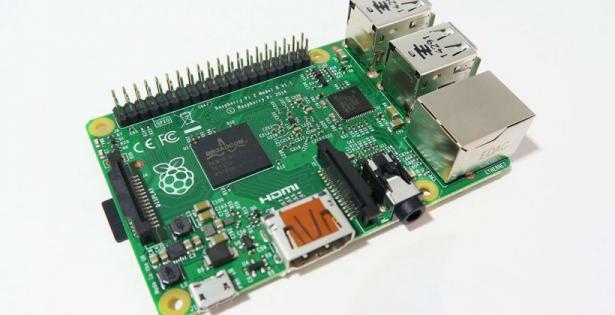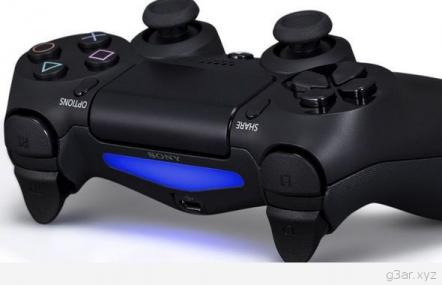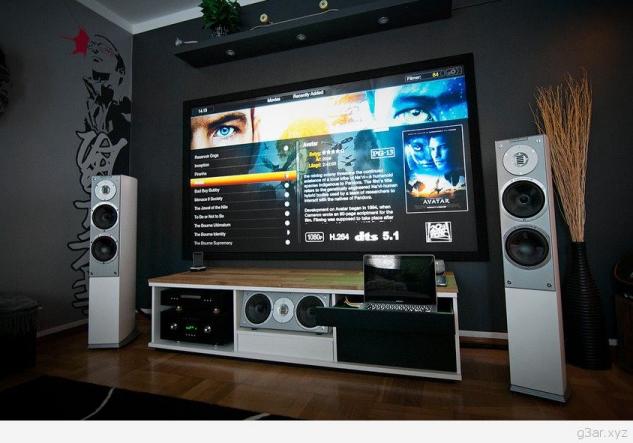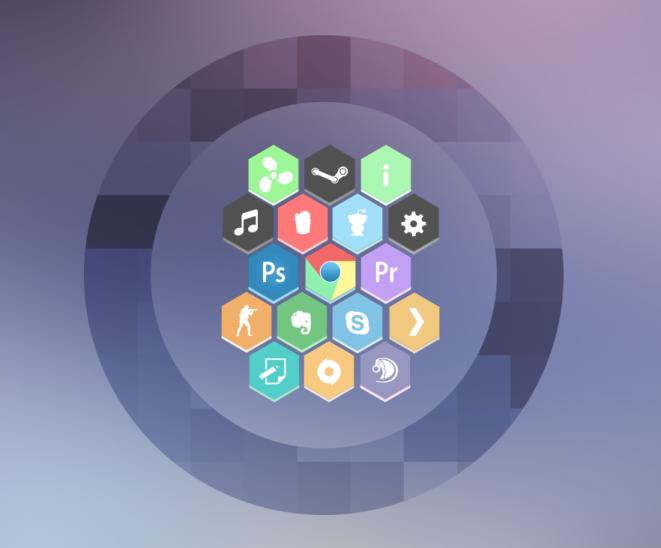With the announcement of the newer Raspberry Pi 2 model, which can run special versions of Windows 10 and Ubuntu, I thought of taking such a "machine", which I will have for downloading and surfing, because its low consumption and low noise would allow me to have it -almost- permanently running. But while searching, I saw that there are and a few other solutions.
So there are 4 main systems, Raspberry Pi 2, Orange Pi, Odroid C1 and Banana Pro. Which one is worth it?
Let's look at their features as their manufacturers give them on their pages.
Raspberry Pi 2

The Rapsberry Pi 2 has a classic value in this category. The 2nd edition includes a quad-core ARM Cortex-A7 @ 900MHz processor with 1GB of RAM. Like the previous ones, it also includes 4 USB 2.0 ports and one Ethernet port, while supporting HDMI and composite video.
Features
A 900MHz quad-core ARM Cortex-A7 CPU
1GB RAM
4 USB ports
40 GPIO pins
Full HDMI port
Ethernet port
Combined 3.5mm audio jack and composite video
Camera interface (CSI)
Display interface (DSI)
Micro SD card slot
VideoCore IV 3D graphics core
Orange Pi Plus

Orange Pi Plus is a new player and seems like a strong system for its size, since it supports 4K playback thanks to the Allwinner H3 SoC. It includes a quad-core Cortex-A7 @ 1.6GHZ processor and a Mali400MP2 GPU @ 600MHz.
Unlike Rapsberry Pi 2, it can also boot from a SATA HDD, including the associated jack, and has Power/Reset/Recover buttons, something that Rapsberry Pi 2 comes behind. It also has a built-in IR controller, making it ideal for HTPC, microphone and WiFi adapter, meaning it leaves you a free USB port, and you will not have to buy anything else (meaning that the ~$10 difference from Rapsberry Pi 2 is covered by no need to buy an extra WiFi adapter). There is also the Orange Pi, with slightly subordinate features, which also has a built-in VGA port and supports a lithium battery.
Features
CPU: H3 Quad-core Cortex-A7 1.6GHZ H.265/HEVC 4K
GPU: Mali400MP2 GPU @600MHz ·Supports OpenGL ES 2.0
Memory (SDRAM): 1GB DDR3 (shared with GPU)
Onboard Storage: TF card (Max. 64GB) / MMC card slot , up to 2T on 2.5 SATA disk - 8GB EMMC Flash
Onboard Network: 10/100/1000M Ethernet RJ45
Onboard WIFI: Realtek RTL8189ETV, IEEE 802.11 b/g/n
Video Input
A CSI input connector Camera:
Supports 8-bit YUV422 CMOS sensor interface
Supports CCIR656 protocol for NTSC and PAL
Supports SM pixel camera sensor
Supports video capture solution up to 1080p@30fps
Audio Input: MIC
Video Outputs:
Supports HDMI output with HDCP
Supports HDMI CEC
Supports HDMI 30 function
Integrated CVBS
Supports simultaneous output of HDMI and CVBS
Audio Output: 3.5 mm Jack and HDMI
Power Source: DC input can supply power, but USB OTG input don’t supply power
USB 2.0 Ports: Four USB 2.0 HOST, one USB 2.0 OTG
Buttons: Power Button(SW4), Recovery Button(SW2), Uboot Button(SW3)
Low-level peripherals
40 Pins Header,compatible with Raspberry Pi B+
GPIO(1x3) pin
UART, ground.
LED
Power led & Status led
IR input, UBOOT, POWER
Supported OS: Android Ubuntu, Debian, Raspberry Pi Image
Banana Pro

Banana Pro is an upgrade of the Banana Pi and incorporating a few features. Like Raspberry Pi, Banana Pro has some functional distributions exclusively for it, such as Lubuntu, Android, Debian, Bananian, Berryboot, OpenSuse, Scratch, Fedora, Gentoo, Open MediaVault. As you will see from its features, it's ideal for a low-cost PC, HTPC, Server, Emulation system (as you can with Raspberry Pi for example) and whatever else you can imagine. There is also the Banana Pi, with slightly subordinate features.
And here it has IR and WiFi, 1GB DDR3, SATA 2.0 slot as well as Power/Reset buttons. Its processor is a Cortex-A7 @ 1GHz dual core. A minus is the "cheap Chinese look" of the motherboard (at least at the Pi Model and always through the pictures and videos), which I did not like its quality, something I hope will change in Banana Pro.
Features
Soc: Allwinner® A20(sun 7i)
CPU: ARM® Cortex™-A7 Dual-Core 1GHz (ARM v7 instruction set)
GPU: Mali400MP2 Complies with OpenGL ES 2.0/1.1 (hardware acceleration support)
SDRAM: 1GB DDR3 (shared with GPU)
Power: 5V @ 2A via MicroUSB (DC in Only) and/or MicroUSB (OTG)
PMU: AXP209
Low-level peripherals
40 Pins Header
28×GPIO, some of which can be used for specific functions including UART, I2C, SPI, PWM, CAN, I2S, SPDIF, LRADC, ADC, LINE-IN,FM-IN,HP-IN.
On board Network: 10/100/1000Mbps ethernet (Realtek RTL8211E/D)
Wifi Module: WiFi 802.11 b/g/n
Bluetooth: Optional
On board Storage: MicroSD (TF) card,SATA 2.0
Display
Supports multi-channel HD display:
HDMI 1.4 (Type A - full)
LVDS/RGB/CPU display interface (DSI) for raw LCD panels
Composite video (PAL and NTSC) (via 3.5 mm TRRS jack shared with audio out)
11 HDMI resolutions from 640×480 to 1920×1080 plus various PAL and NTSC standards
Video
HD H.264 2160p video decoding
Mutil-format FHD video decoding, including Mpeg1/2, Mpeg4, H.263, H.264, etc H.264 high profile 1080p@30fps or 720p@60fps encoding
Audio outputs
HDMI,analog audio (via 3.5 mm TRRS jack shared with composite video out),I2S audio (also potentially for audio input)
Camera: Parallel 8-bit camera interface
Audio input: On board micphone
USB: 2 USB 2.0 host, 1 USB 2.0 OTG (all direct from A20 chip)
Buttons: Reset button, Power button, U-boot button
Leds: Power status led (red), User defined led1 (green), User defined led2 (blue)
Other: IR reciever
Odroid C1

Odroid C1, like Orange Pi Plus, is a small "beast". It includes a four-core ARM Cortex-A5 @ 1.5Ghz processor and 1GB DDR3 memory. Like Orange Pi and here we find a built-in IR controller.
Features
- Amlogic ARM® Cortex®-A5(ARMv7) 1.5Ghz quad core CPUs
- Mali™-450 MP2 GPU (OpenGL ES 2.0/1.1 enabled for Linux and Android)
- 1Gbyte DDR3 SDRAM
- Gigabit Ethernet
- 40pin GPIOs
- eMMC4.5 HS200 Flash Storage slot / UHS-1 SDR50 MicroSD Card slot
- USB 2.0 Host x 4, USB OTG x 1,
- Infrared(IR) Receiver
- Ubuntu 14.04 or Android KitKat
Video comparing Raspberry Pi 2, Orange Pi and Banana Pro







